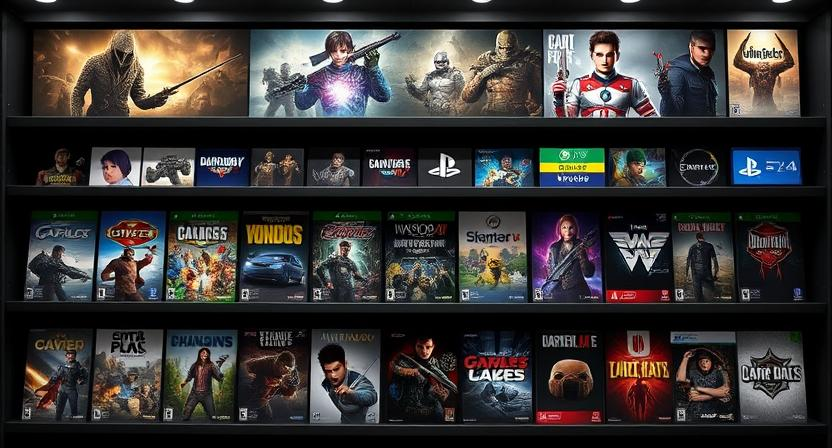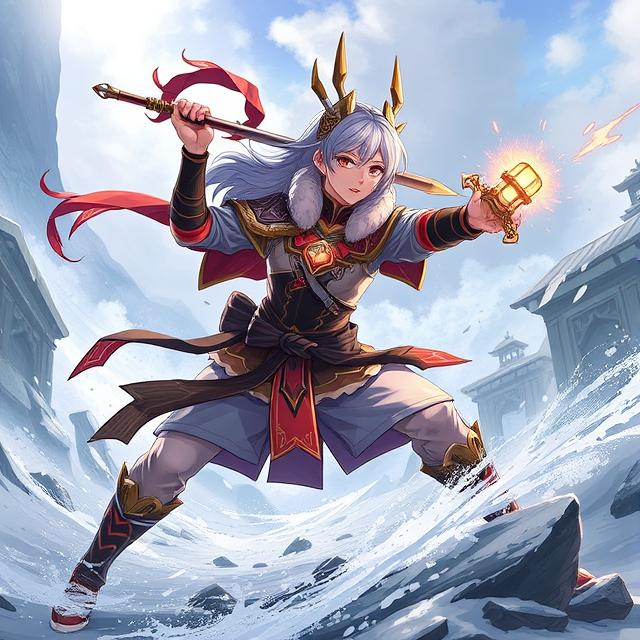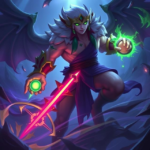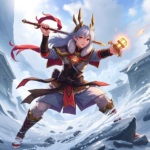When Genshin Impact launched, many dismissed it as “anime Breath of the Wild.” But it didn’t take long to prove that it was more than just a pretty clone — it became a global hit by mastering two core gameplay pillars: exploration and combat.
The world of Teyvat is massive and begs to be explored. From gliding across Liyue’s mountains to swimming in Inazuma’s stormy waters, Genshin makes traversal not just rewarding, but fun. Stamina, elemental puzzles, and hidden chests keep players engaged, while climbing and gliding give vertical freedom that few mobile-first games achieve.
But where Genshin really shines is how it ties exploration directly into combat. You’re not just fighting to level up — you’re exploring to collect ascension materials, uncover domains, and unlock artifacts. Combat and exploration feed each other in a near-perfect loop.
Combat itself is real-time and element-based. Players mix characters with different elements — Pyro, Hydro, Cryo, Electro, etc. — to create combos like Vaporize or Superconduct. This encourages team synergy and experimentation.
Every region adds new mechanics: Inazuma introduced electro environmental hazards, Sumeru brought vertical jungles and dendro reactions. These aren’t just aesthetic — they change how you play.
Ultimately, Genshin Impact succeeds because it respects the player’s time. Whether you’re exploring the world or battling a weekly boss, everything feels purposeful, beautiful, and interconnected.






